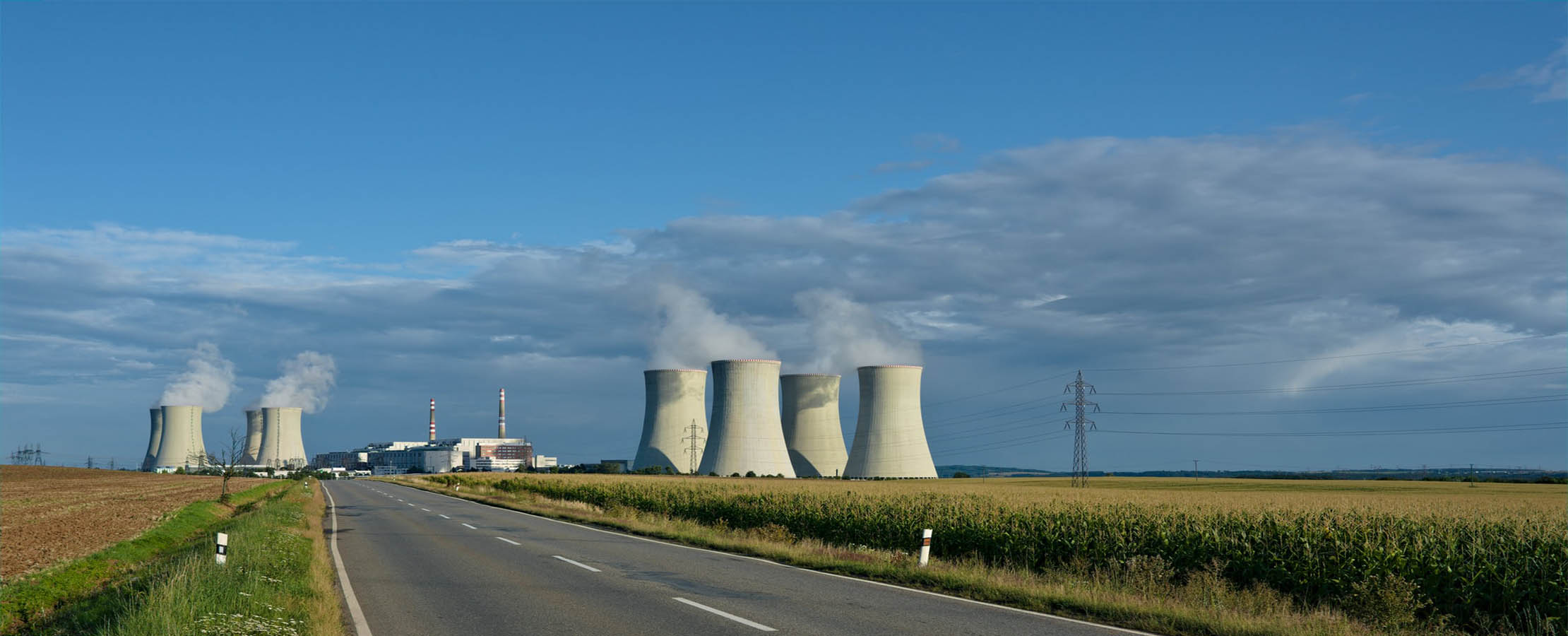Nuclear Power: Low-Carbon, Reliable - and Innovative
Civilian nuclear energy programs were first deployed in the second half of the 20th century and various reactor technologies were developed and deployed in industrialized nations in Asia, Europe and North America.
However, high profile accidents in Three Mile Island in the United States, Chernobyl in the former USSR and Fukushima, Japan triggered widespread public rejection of the technology. New constructions became rare and the industry went into a prolonged slump.
As the world faces up to climate change, nuclear power looks to be staging a comeback as a low-carbon, affordable and reliable provider of baseload power.
Why nuclear?
Nuclear power is not only a low-carbon energy source, but it is one of the most mature, powerful and cost-effective ways of producing energy. An OECD report in 2021 states: "One key advantage that the nuclear sector has is that it is an established industry with proven technologies and supply chains."
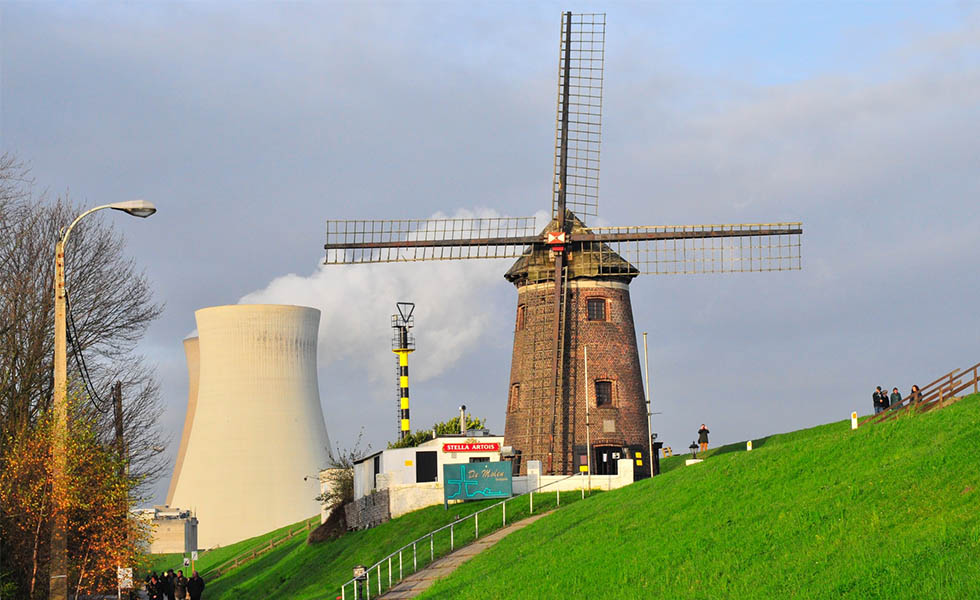
It is also an extremely reliable energy source, meaning plants are able to operate at maximum capacity more often. The high reliability of nuclear energy means that in terms of production, one nuclear plant could have an equivalent output to two coal power stations - or three to four renewable plants, which are able to generate the same amount of power (1 GW) but in a less consistent way.
Energy security matters
To be sustainable and equitable, climate action must go hand in hand with meeting energy needs in a way that countries can afford. This requires a mix of different energy sources, and nuclear has a major role to play. Speaking at the IEF in November 2021, Cosmin Ghita, CEO of Romanian nuclear energy company Nuclearelectrica, said: "We need all of the sources of energy – gas, nuclear, renewables – to be able to maintain our security of supply, maintain our economic needs, and also to decarbonize."
Globally, 440 nuclear power reactors generate the power that provides around 10 percent of the world's electricity across 30 countries, mostly in Europe, in North America and Asia.
Increasingly, so-called 'newcomer' countries are recognizing the potential of nuclear power to help provide affordable clean energy to their growing populations. Dozens of governments, from Belarus to Bangladesh and from Uganda to the United Arab Emirates, are considering or constructing nuclear power facilities.
Getting the mix right
In the global energy mix, research suggests that in the decade to 2017, the growth of renewables for electricity production was largely 'cancelled out' by the global decline in the use of nuclear. During that time, although the use of renewable energy for electricity steadily increased, this was 'offset' by the declining use of nuclear. Since then, however, the same analysis shows that nuclear power has remained a stable part of the global electricity mix, while renewables have grown considerably.
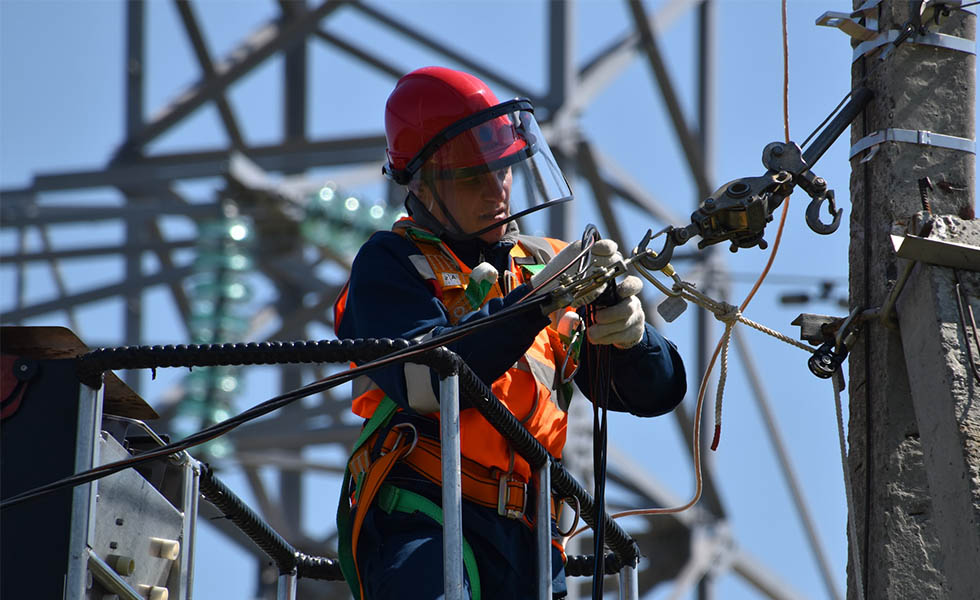
Though the connection is not always made, Cosmin Ghita made a similar point at the IEF, saying: "In the last 50 years, nuclear energy has led to avoidance of releasing around 74 gigatons of carbon emissions."
Scientific and political recognition
Scientists have long argued that combined use of renewables and nuclear power is a smart way forward. Just days before the Paris Agreement was signed in 2015, leading climate change scientists from Europe told The Guardian newspaper, "nuclear will make the difference between the world missing crucial climate targets or achieving them".
Three years later in 2018, researchers from MIT in the US found that in light of improved safety measures for nuclear energy and growing concerns about reducing emissions, "closures of existing [nuclear] plants undermine efforts to reduce carbon dioxide and other power sector emissions".
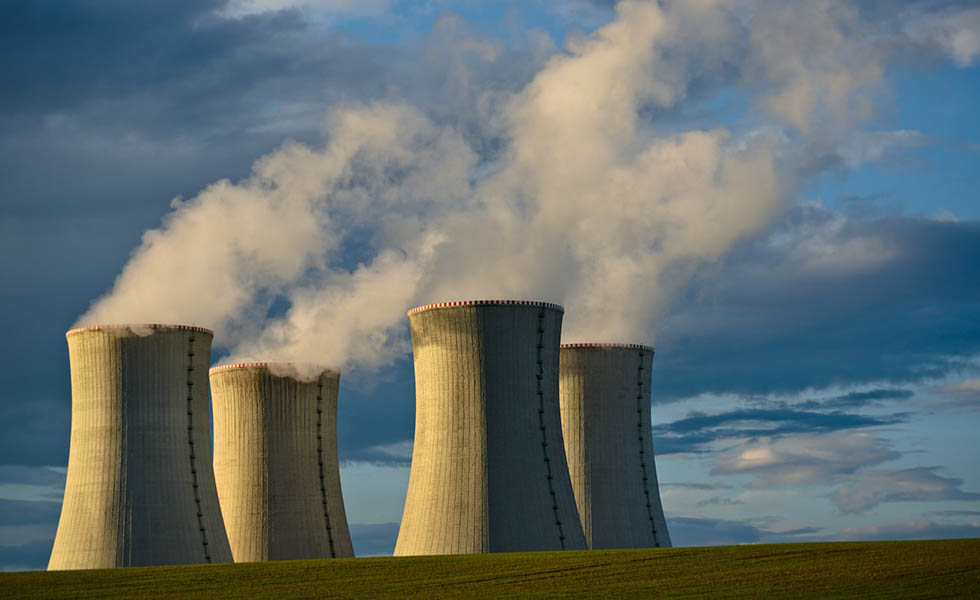
More recently in the EU, ten countries have called for "safe and innovative" nuclear energy to be formally recognized as a green source of power due to its potential to help reach ambitious targets for reductions in emissions. They wrote: "To win the climate battle, we need nuclear power."
In India too, increasing use of nuclear is seen as a crucial way to cut dependence on coal and strive towards the net-zero emissions by 2070 target set by Prime Minister Narendra Modi at the COP26 summit.
In a statement from August 2021, the United Nations noted that nuclear power plants' ability to produce both low-carbon electricity and heat provides an opportunity to "decarbonize energy intensive industries".
Innovation and energy resilience
Also, the OECD recently found that there is "significant potential" for new builds of large-scale nuclear energy reactors that could prevent 23 gigatons of emissions up until 2050. Technological advances in small reactors could also save a further 15 gigatons of emissions in the same timeframe.
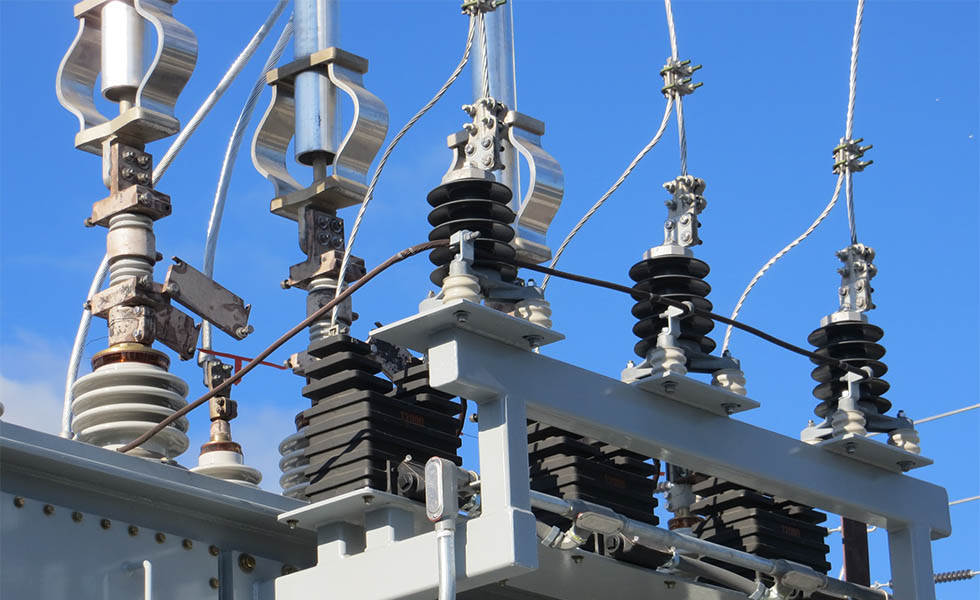
Nuclear power can also move beyond its long-standing role in electricity generation. It can also be used to produce hydrogen, increasingly recognized as a key fuel option for the transport sector, where emissions have more than doubled since 1970. Hydrogen produced from nuclear also has potential as a form of energy storage, and in supporting industrial processes such as steel production.
As the timeframe shrinks for mitigating the effects of climate change caused by carbon emissions, there are still solutions available. Nuclear energy is one of these, with the potential to play an essential and diverse role in our transition to a clean energy future.

